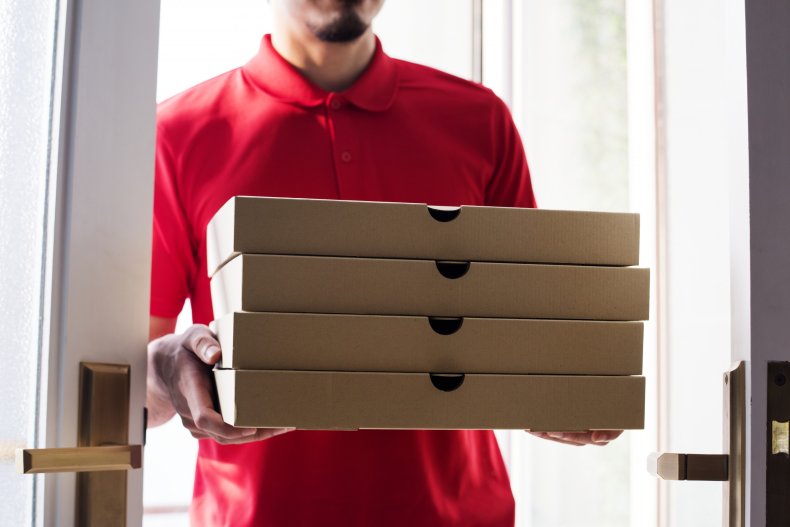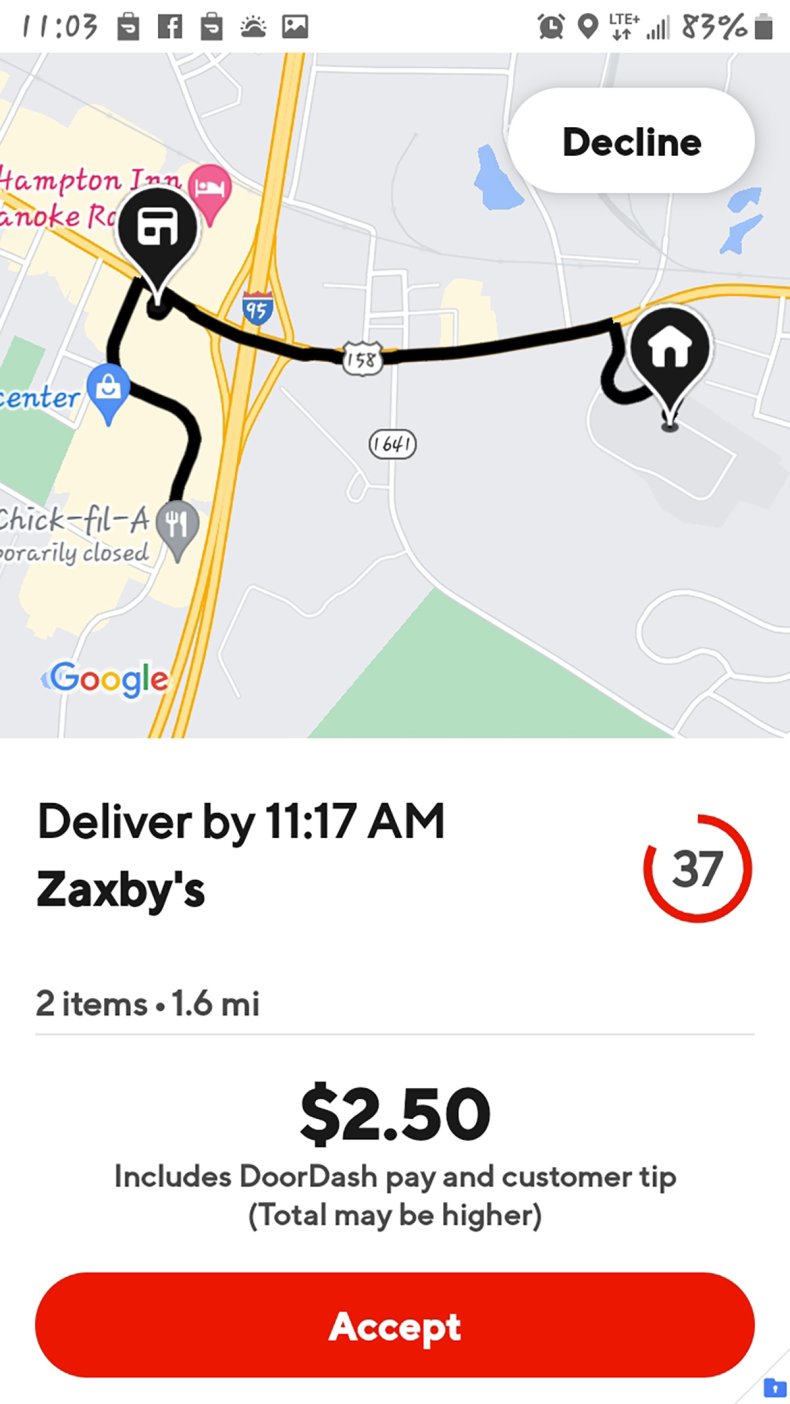[ad_1]
Nightscape of Cabo San Lucas Marina
Los Cabos is located at the southern tip of Mexico’s Baja California Peninsula, in the state of Baja California Sur. It’s where the Sea of Cortez meets the Pacific Ocean. The region has long since been a favorite destination place for American travelers, so it’s not surprising that the destination has quickly recovered post covid pandemic. We talked to Rodrigo Esponda, Managing Director of the Los Cabos Tourism Board, about travel trends and the changing demographic of the Los Cabos traveler.
Record Number of Travelers
The famous natural arch at Lands End in Cabo San Lucas, Mexico.
Are travelers returning to Los Cabos post-pandemic? How are visitor numbers?
Los Cabos is doing great and is experiencing a historic growth in demand and arrivals of international travelers.
Los Cabos not only recovered 100% of all of its travel active in 2021, but is on track to achieve a remarkable growth. Year-to-date, the U.S. market has presented a record growth of almost 15% in arrivals when compared to 2019. With over 2.8 million visitors in 2021 and record growth of 47.3% in visitation from the U.S. during the first six months of 2022 compared to the same time in 2021, Los Cabos has established itself as a preferred travel destination for U.S. travelers.
The destination’s fast recovery can be attributed to two important factors. One is people’s desire to travel and to experience new activities in a safe and secure environment. To that end, Los Cabos has been the choice to loyal and repeat visitors that were familiar with the destination and trusted Los Cabos due to the destination’s quick response to the pandemic. Additionally, Los Cabos has been a preferred destination for new travelers looking for destinations in close proximity to the U.S. with personalized experiences that would guarantee a level of confidence during the current travel turmoil. Los Cabos’ close proximity to the US and air connectivity via commercial or private aviation has allowed travelers of all types to visit the destination with confidence.
The second factor can be attributed to Los Cabos’ response protocols to crisis. COVID-19 brought challenges to the travel industry but it was also an opportunity for the destination to strengthen its safety and security protocols, that were established even before the pandemic to ensure business continuity during challenging times. During COVID, Los Cabos focused all of its private and public efforts on improving its product offering with a safety-first approach that allowed the destination to continue welcoming travelers in a secure environment.
Luxury Travel in Los Cabos
Restaurants and shops at the marina in Cabo San Lucas.
Talk about the demographic of your visitors. Who is traveling to Los Cabos?
The pandemic has propelled the arrival of affluent travelers looking for unique and tailored experiences in our safety-first centered destination. There are abundant luxury-focused options for in the destination for these travelers. For example, in May 2022, Virtuoso Hotels & Resorts announced the acceptance of Nobu Hotel Los Cabos into its signature list of luxury hotels, positioning Los Cabos as the only destination in Mexico, Latin America, and the Caribbean with 13 Virtuoso properties and the one with most luxury rooms per square feet in Mexico.
Many of our luxury travelers start their luxury experience even prior to arrival – Los Cabos has become Mexico’s busiest travel spot for private aviation and the destination of choice for international travelers traveling via private flights. Notably, Los Cabos recorded a nearly 80% growth in arrivals of international travelers via private aviation in 2021 when compared to 2019, representing a 26% of all air travel activity.
From luxury travelers looking for personalized services to conscious visitors looking for authentic wellness and sustainable experiences that allow them to disconnect and recharge, Los Cabos have continued to see a high demand from U.S travelers that are willing to stay for longer periods of time and spend more on experiences.
Last Minute Bookings, but Longer Stays
The beaches in Cabo San Lucas are a big draw.
What travel trends are you seeing in Los Cabos?
Overall, travelers are staying longer and demanding more personalized services that range from private accommodations, exclusive transportation via private aviation to authentic experiences with a high level of customer service.
One trend we’ve seen in the destination is that tourists are booking trips closer to the date of departure, but are staying for longer. For example, in May 2022, 29.1% of flight ticket purchases to Los Cabos were made two months in advance, an increase from 23.8% in May 2019. On average, bookings were made 52 days before the travel date, which is 20 fewer days compared to the average in May 2019. In July 2022, the average stay was 6.5 days.
Travel Post Covid
Sustainability has gained even more importance post covid.
How has covid affected things?
COVID-19 has accelerated a trend for sustainability in general and in the travel industry, and I think it’s going to be one of the most favored things that we see develop further.
After COVID-19, everyone is focused on making sure that tourism activity is sustainable not only in the short term but also the long term. This is no longer the traditional understanding of sustainability with “environment” as the main focus, but sustainability at a deeper level – it’s a cohesive look at the total well-being of the destination, including the environment, community, and the travelers with a look how sustainable you are living in a community that interacts with tourism.
Travelers now look for a more meaningful connection between the community and the environment, so I think that over the next few years, everyone is going to implement more measures to make sure that sustainability and balance is achieved.
New Hotel Openings in Los Cabos
A number of hotels are slated to open in Los Cabos.
Are there any new hotel or restaurant openings?
We have excited about hotel growth with 540 new rooms to be added from 2022 to 2024. This includes the St. Regis Los Cabos at Quivira, Four Seasons Resort and Residences Cabo San Lucas at Cabo del Sol in 2023, Park Hyatt in 2023, Vidanta East Cape in 2023, Amanvari in 2024 and Soho House & Beach Club in 2024.
We have a gastronomic area named 23400 District in downtown San José del Cabo. This is a traditional Mexican town with plazas, churches and markets. Almost every restaurant is within walking distance. This past year, the destination developed “Tasty Tuesdays” where they offer special menus and feature the chefs and local recipes, local ingredients. We want to create a synergy in the area, around the restaurants, around the art galleries and around a community, that offers a unique experience as visitors explore the area.
We are also developing a few projects around the community in the more rural areas. There are some historic destinations at a very close distance to Los Cabos that you can visit and learn more about traditional missionaries in the Baja California Sur Peninsula.
[ad_2]
Source link



